"I'd rather see a sermon preached than hear one any day, I'd rather one would walk with me than merely show the way." These profound lines are from a poem that is dear to me. Children learn how to speak long before they learn how to read. This is because we are born as natural mimics. We copy what others do simply because we can associate ourselves with what we have seen and heard. The same goes for the aspiring musician.
When teaching chords it is easier for the student to play the chords first before they ever see what the chords look like when notated on paper. A simple way to explain chords is to talk about the quality of chords. Chords are like emotions. Sometimes we are happy, sad, devastated, excited, elevated, tense like we want something to happen or change, cool and collected, or any other emotions you can think of, describe, or feel. Each of these emotions can also be expressed through the chords. Happy chords are major chords, sad ones are minor chords. When we think of extremely devastated and depressed emotions we think of diminished chords, excited and elevated emotions lead us to think of augmented chords. When we feel tense like we want something to happen or change we can refer to suspended chords. Cool and collected chords can be expressed by major sixth and seventh chords. When students think of chords as emotions instead of little black dots on a page they understand the feeling of the piece and know how to play the songs. They think about the emotions and can play the piece with feeling.
When teaching chords to students of all ages, simply begin by explaining that chords are individual notes that have been stacked on top of each other. Chords are vertical whereas a melody line is horizontal. I tell younger students to think of their fingers as being individual notes. I tell them to look at their right hand (beginning with the thumb) and count to five. The thumb is one, the index finger is two, the middle finger is three, the ring finger is four and the pinky is five (this is the same for the left hand). I tell students to place their thumb on middle C. With their thumb on middle C students can then place each of the other fingers on each of the white notes to the right of middle C. Those notes are C D E F and G. The fingering is C = 1, D = 2, E = 3, F = 4, and G = 5 (the fingering changes for the left hand because the pinky - the 5th finger - is on C).
Next I tell the students to create what is called a triad chord (a chord with three notes). I tell the students to take the odd numbered fingers (1, 3, and 5 which would be CEG stacked on top of each other with C on the bottom, E in the middle, and G on top) and play the notes together at the same time. They can then move every finger to the right by one (only on the white keys to begin with). The students are playing chords all up and down the piano instantly. They haven't learned the name of the chords yet, but they are playing chords. What's more is that they are accomplishing much more than playing one note at a time. This encourages them to want to keep playing because they see how simple it is to create chords. Music is created from scales (individual notes - the melody that is on a horizontal line) and chords (the individual notes stacked on top of each other in a vertical line). Once students can play the chords then they can be shown on paper what the chords look like when notated and receive an explanation of how to create the various chords (i.e. major, minor, diminished, etc.).
Written by Jerald M. Simon
Copyright © 2008 Music Motivation®
All Rights Reserved
Monday, September 22, 2008
Subscribe to:
Post Comments (Atom)






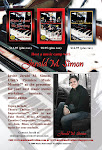.jpg)




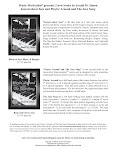
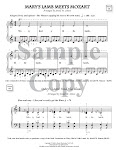
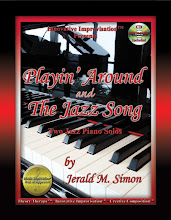
+latest+and+greatest+flattened+(smaller+size)+rgb+mode.jpg)
.jpg)
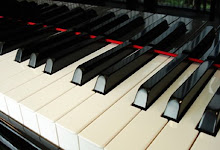

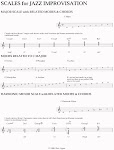
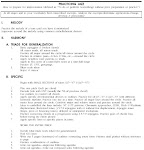


































.jpg)
No comments:
Post a Comment